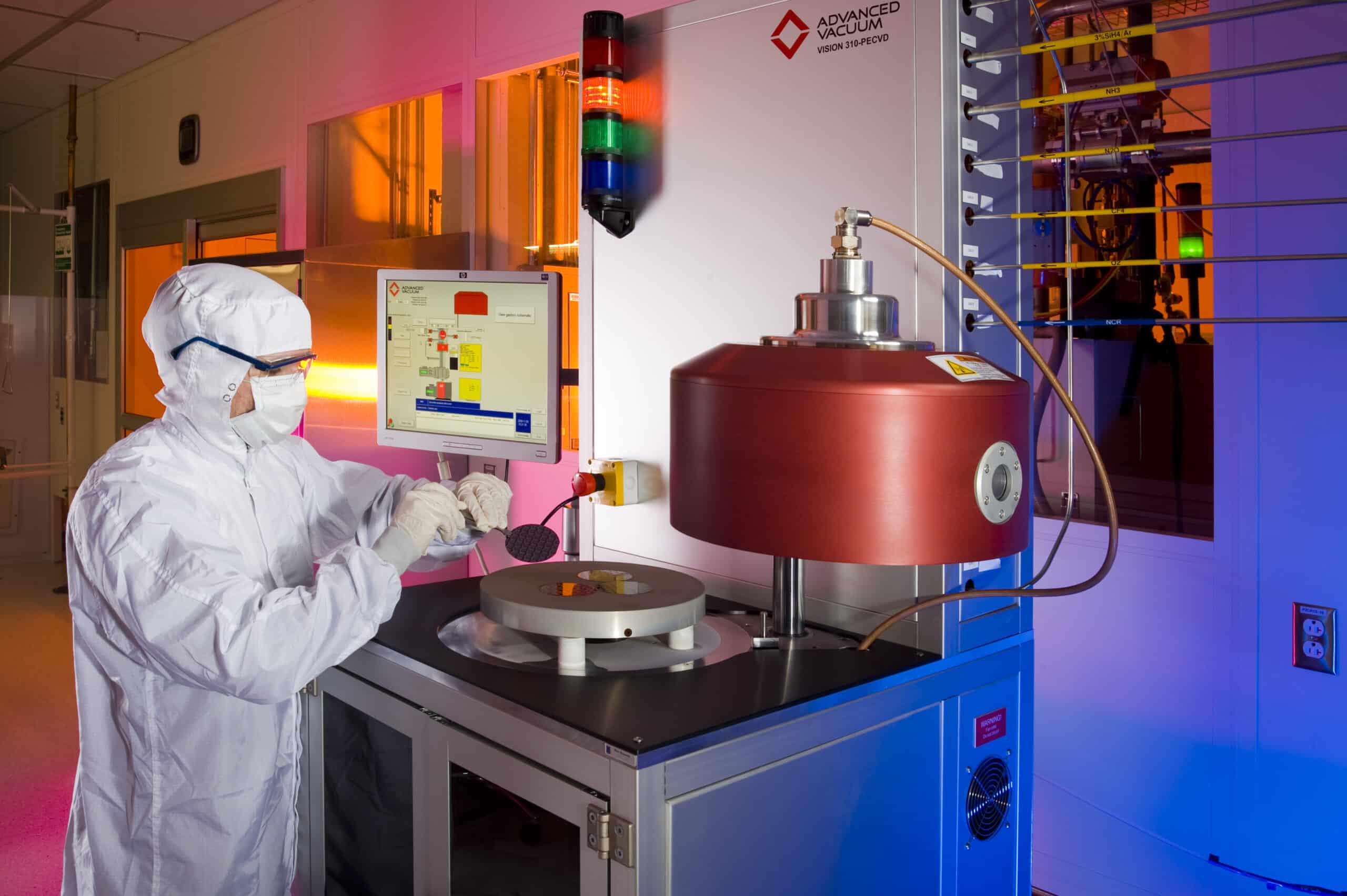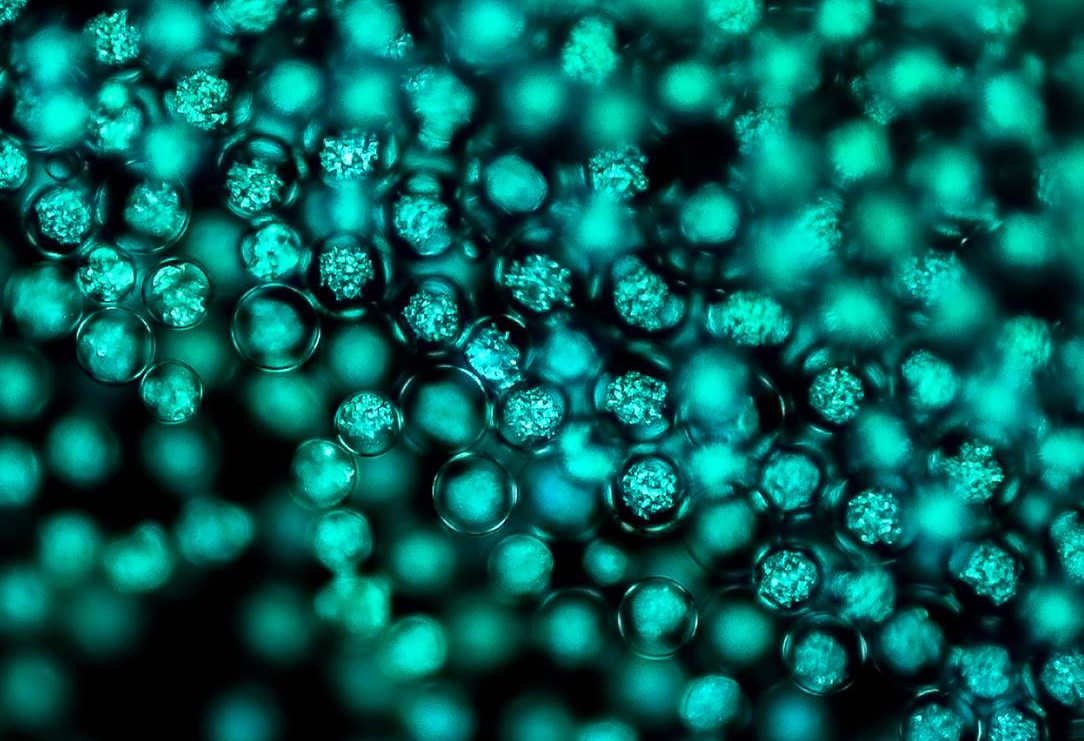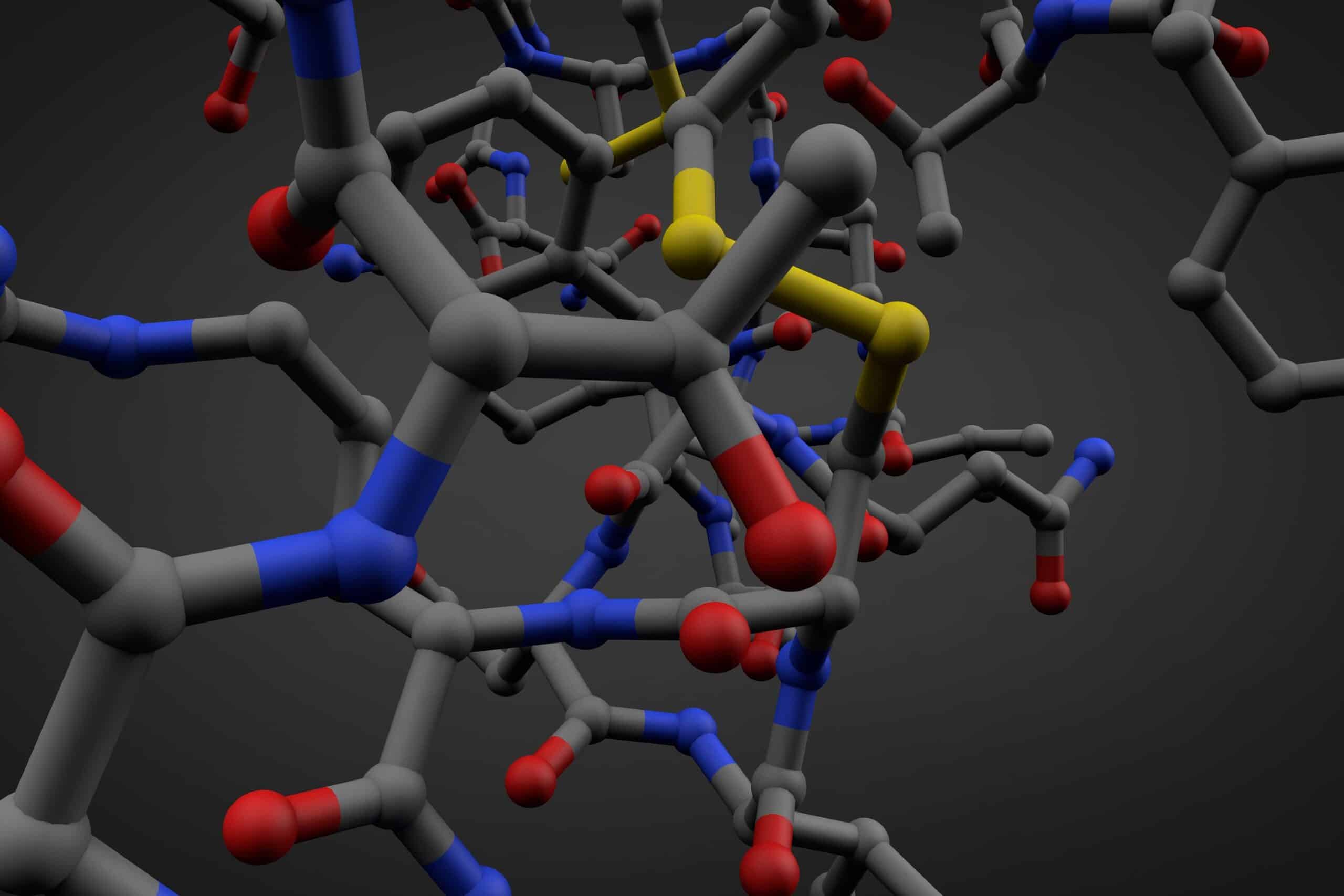
Sacrificial Scaffolding Helps New Hydrogels Heal Quickly
Incorporating weak bonds that lay the groundwork for new networks allows tougher double-network hydrogels that recover from damage
Duke MEMS research is focused on solving some of the biggest challenges facing humanity and our planet, including clean and abundant energy, reliable autonomous technology, and biomechanical devices and biomaterials to improve human health. Aligned with these efforts, our faculty also employ advanced computational tools, such as AI, to accelerate the design of mechanical systems and the discovery of new materials.


Working at the intersection of fluid mechanics, structural mechanics and dynamics, we are investigating a diverse range of aerospace problems

We are exploring natural phenomena to inspire new biomaterials as well as engineering clinically relevant analytical and biomechanical solutions

Our faculty advance scientific computing and develop new computational approaches, including artificial intelligence, to apply to engineering challenges

Duke MEMS faculty are leaders in developing new energy materials, improving energy-related technologies and exploring underlying chemistry and physics

Duke MEMS researchers are at work on methods of robust and optimal control and automation, especially in systems that operate in challenging environments

Our faculty lead in the computational discovery of new matter and the investigation and creation of polymers, soft-wet materials and nanomaterials

Incorporating weak bonds that lay the groundwork for new networks allows tougher double-network hydrogels that recover from damage

A new Beyond the Horizon project seeks to provide the fundamental understanding of solid-state sodium-ion batteries to make them the preferred power source of the future

Boyuan Chen is advancing robotics to help machines perceive their environment, adapt to real-world scenarios, and collaborate effectively with humans